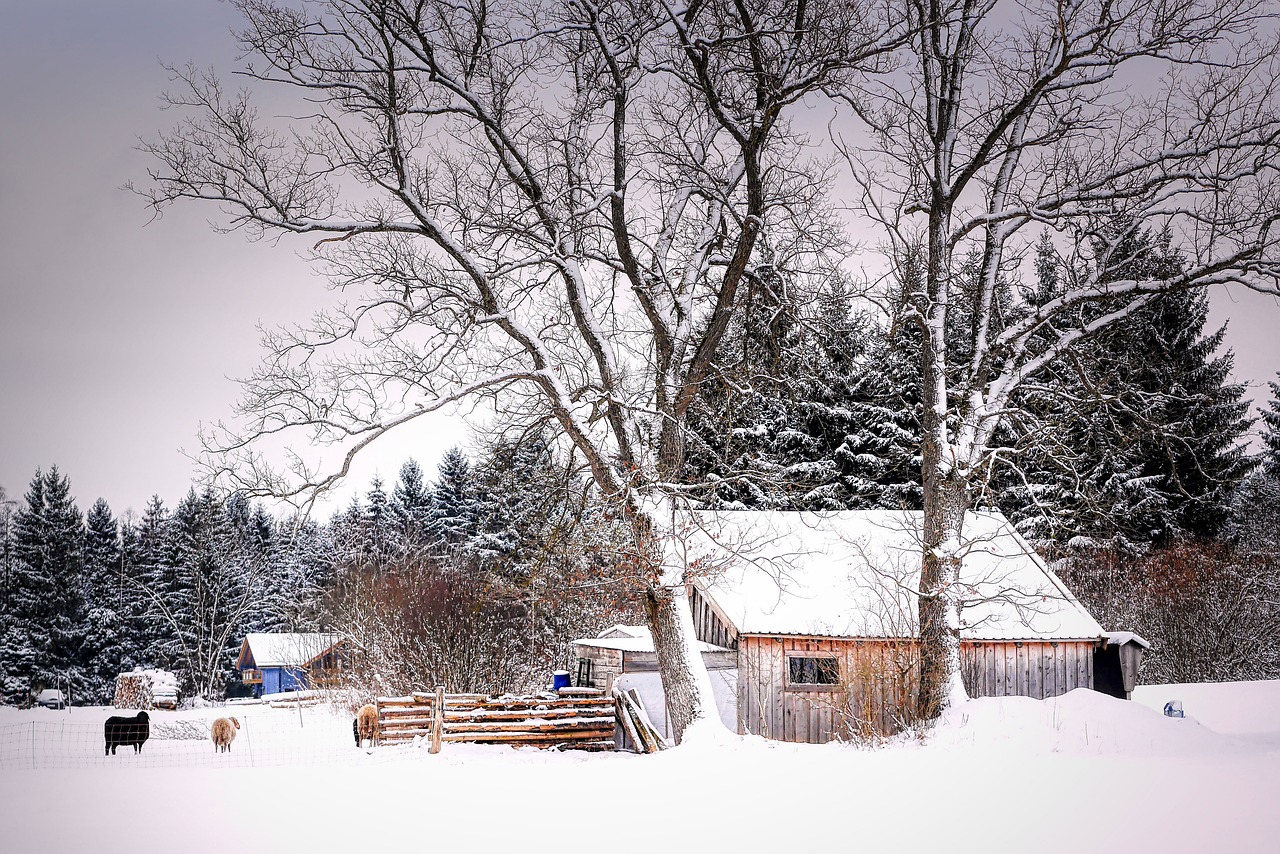Are you ready to trade the hustle and bustle of city life for the tranquility and self-sufficiency of off-grid living? You’re not alone! More and more people are embracing a lifestyle that prioritizes sustainability, independence, and a deeper connection with nature. If you’re curious about how to start living off-grid in 2025, you’ve come to the right place. In this blog post, we’ll guide you through the essential steps and considerations for transitioning to an off-grid lifestyle, from assessing your energy needs to creating a sustainable food supply. So grab a cup of tea (or coffee, if that’s more your style), get comfy, and let’s dive into the exciting world of off-grid living.
Introduction to Off-Grid Living
Transitioning to off-grid living is an empowering choice that offers numerous benefits, both for individuals and the environment. By embracing a self-sufficient lifestyle, you can significantly reduce your ecological footprint and become more environmentally conscious.
Energy Independence
By harnessing renewable energy sources such as solar, wind, or hydro power, you become less reliant on traditional energy suppliers. This not only reduces your carbon emissions but also shields you from rising energy costs and potential power grid disruptions.
Sustainable Water Management
Off-grid living encourages rainwater harvesting, filtration, and purification, reducing the strain on municipal water supplies and promoting water conservation.
Food Self-Sufficiency
Growing your own food and raising animals for sustenance allows you to control the quality and origin of your food while reducing the environmental impact of industrial agriculture and food transportation.
Eco-Friendly Shelter
Building with sustainable materials and incorporating energy-efficient designs minimizes your environmental impact and fosters a healthy, comfortable living space.
Assessing Your Energy Needs when Living Off Grid
- Analyze Current Usage: Review your past utility bills to determine your average monthly energy consumption. Identify areas where you can reduce usage to minimize your off-grid energy requirements.
- Evaluate Appliances and Devices: Make a list of all the appliances and devices you plan to use off-grid, such as lighting, electronics, and kitchen appliances. Note their wattage and estimated daily usage to calculate their energy demands.
- Consider Seasonal Variations: Take into account seasonal changes that may impact your energy requirements, such as heating and cooling needs or reduced sunlight hours during winter months.
- Factor in Future Plans: If you have plans for expansion, such as adding more living space or incorporating additional appliances, account for their potential energy demands in your assessment.
- Consult with Experts: Seek advice from off-grid energy professionals or consult online resources to ensure your energy estimates are accurate and comprehensive.
- Prioritize Efficiency: Invest in energy-efficient appliances and adopt energy-saving habits to reduce overall energy consumption and minimize the size of your off-grid energy system.
Calculating Energy Consumption
- Identify Energy Consumers: Make a list of all the appliances and devices you plan to use off-grid, such as lights, electronics, and kitchen appliances.
- Determine Wattage: Note the wattage of each item on your list. You can usually find this information on the device’s label or in the user manual.
- Estimate Daily Usage: Estimate how many hours per day you use each appliance or device. Be realistic about your usage patterns to ensure accurate calculations.
- Calculate Daily Energy Consumption: Multiply the wattage of each item by its estimated daily usage. Then, divide this number by 1,000 to convert it to kilowatt-hours (kWh).
- Add Up Daily Consumption: Sum the energy consumption of all your appliances and devices to find your total daily energy requirement in kWh.
Understanding Off-Grid Energy Sources
Off-Grid Water Systems
Off-grid living requires a reliable water supply for daily needs such as drinking, cooking, and bathing. Establishing an independent water system is crucial to your self-sufficiency and overall quality of life. Here are some key components of off-grid water systems
Off-Grid Water Collection and Storage
Collect water using appropriate methods like pumps for wells or springs, intake pipes for surface water, and rainwater catchment systems for collecting water from your roof. Store collected water in tanks, cisterns, or other containers to maintain a consistent supply during dry periods.
Off-Grid Filtration and Purification Methods
Ensure your water is safe for consumption by implementing proper filtration and purification methods. Common options include sediment filters, activated carbon filters, and ultraviolet (UV) purification systems. Regularly test your water quality and maintain your filtration system to ensure its effectiveness.
Sustainable Food Production
In the quest for self-sufficiency, sustainable food production plays a critical role in providing fresh, nutritious, and independent sources of food for off-grid living. By implementing eco-conscious practices and incorporating a variety of techniques, you can create a thriving food system that supports your off-grid lifestyle.
Gardening and Permaculture Principles
Raising Animals For Food
Food Preservation and Storage
Sustainable Food Production
Building and Maintaining Off-Grid Shelter
Alternative Construction Methods
Energy Efficient Design
Heating and Cooling Methods
Off-Grid Communication and Internet Access
Staying connected in today’s digital age is important, even for those embracing the off-grid lifestyle. The good news is, with some planning and resourcefulness, you can still enjoy the benefits of communication and internet access while living off the grid. In this guide, we’ll explore various options and tips for maintaining connectivity without relying on traditional utility services, helping you find the perfect balance between modern convenience and off-grid living.
Off-Grid Communication Access
Setting Up Internet Access Off-Grid
- Mobile hotspots: Convert cellular data into a Wi-Fi connection
- Satellite internet: Utilize a satellite dish and modem for broadband access
- Fixed wireless internet: Receive internet signals from a nearby tower through a dish or antenna
Healthcare and Safety Considerations
Basic First Aid and Emergency Prepardeness
Accessing Healthcare Services



Are you Ready to take Your Journey to the Next Level?
Subscribe to Our Newsletter

